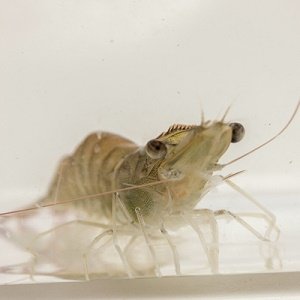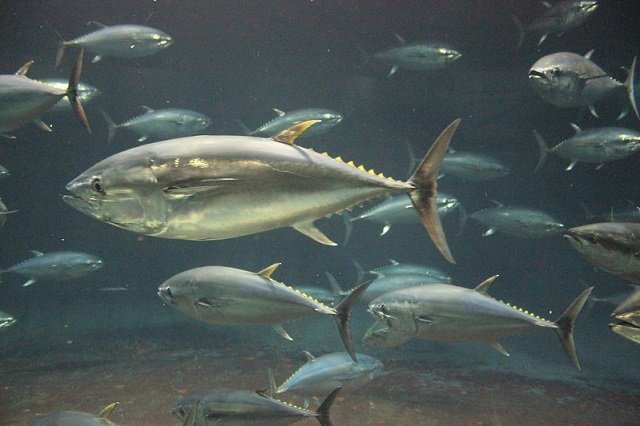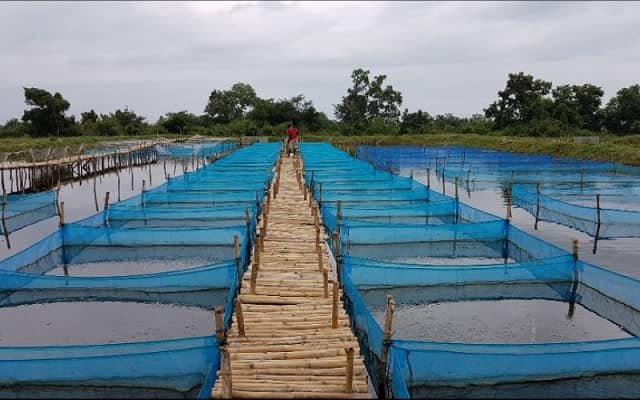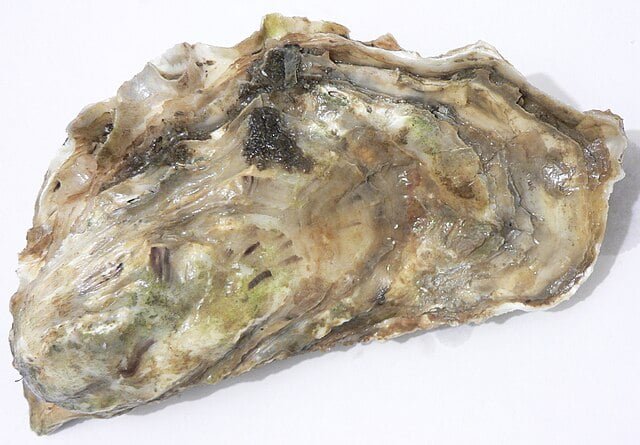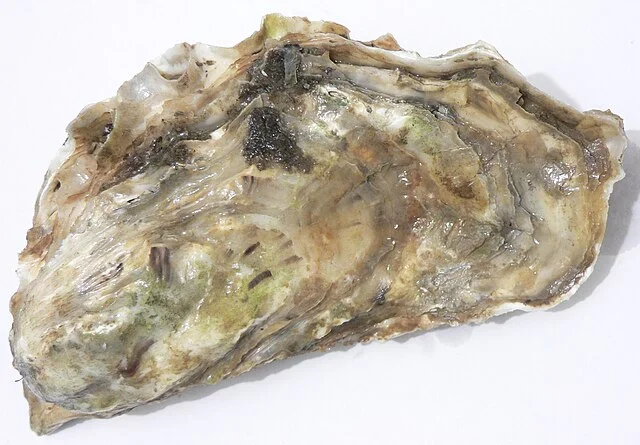
China is the undisputed global leader in oyster production, reaching an astonishing 6.67 million tons in 2023. Shandong Province alone accounts for nearly 45% of the total area dedicated to this aquaculture in the country. However, this rapid industrial development is not without its challenges: slow growth, germplasm degradation, and high stocking densities threaten profitability.
Site selection is a critical factor that directly influences productivity. But what if the issue is not just where we farm, but what we farm?
A recent study published in Aquaculture Reports by researchers from the Chinese Academy of Fishery Sciences, Ocean University of China, Shunwei Ocean Technology (Shandong) Co., Ltd., and Shandong Tonghe Ocean Technology Co., Ltd., addresses this very question. The researchers evaluated the performance of three distinct genetic lines of the Pacific oyster (Crassostrea gigas) cultivated simultaneously in three marine areas with different environmental characteristics. The objective was clear: to find the perfect match between genetic line and cultivation site to maximize efficiency.
Key conclusions
- 1 Key conclusions
- 2 Meet the contenders: The three oyster lines
- 3 The proving grounds: Three distinct cultivation zones
- 4 The environmental factor: What does each zone offer?
- 5 Growth results: Who won, and where?
- 6 Why the differences? The physiology behind the growth
- 7 The final recommendation: The right line for the right site
- 8 Conclusion: Optimizing selection for healthy aquaculture
- 9 Entradas relacionadas:
- The study compared three Pacific oyster (Crassostrea gigas) lines—diploid, Haida No.1, and triploid—across three distinct cultivation zones in China (Mazuao, Sanggou Bay, and Guazichang).
- Superior performance depends on the interaction between genetic line and environment (GxE). No universal “best” line exists; the key is site-specific adaptation.
- The Haida No.1 line demonstrated superior growth performance in Mazuao, a novel area rich in food resources (high Chl-a and POM levels).
- Triploid oysters were the optimal choice for the traditional zones of Sanggou Bay (low food availability) and Guazichang (high food availability).
- A higher filtration rate explains the advantage of Haida No.1 in Mazuao (it feeds more) and a lower metabolic cost (it expends less energy on respiration and excretion).
Meet the contenders: The three oyster lines
The study focused on the Pacific oyster (Crassostrea gigas), the star species of global mollusk aquaculture, known for its rapid growth and adaptability. To ensure a fair comparison, all oysters were sourced from the same aquaculture hatchery and batch, guaranteeing uniformity in their genetic origin, age, and prior conditions.
The three lines tested were:
- Diploid: The control group, representing the standard oysters used in cultivation.
- Haida No.1: The first new C. gigas line was independently developed in China (2014). This diploid line was selectively bred for six generations to achieve faster growth and improved shell shape.
- Triploid: Famous in the industry, triploid oysters are characterized by rapid growth, high survival rates, and greater nutritional value. Being infertile, they reallocate energy that diploid oysters would expend on reproduction toward somatic (meat) and shell growth.
The proving grounds: Three distinct cultivation zones
The oysters were transported to three aquaculture areas, where they were acclimated for two months before the one-year experiment began.
The selected zones were:
- Mazuao (Zhejiang Province): An emerging cultivation area with limited oyster production.
- Sanggou Bay (Shandong Province): A traditional oyster cultivation area.
- Guazichang (Shandong Province): Another traditional area, frequently used for a second grow-out phase. However, it is suspected that excessive aquaculture in this zone may be exceeding its carrying capacity.
The environmental factor: What does each zone offer?
Throughout the study year (June 2021 – June 2022), water quality was monitored, especially indicators of available food for the oysters: chlorophyll-a (Chl-a) and particulate organic matter (POM).
Stay Always Informed
Join our communities to instantly receive the most important news, reports, and analysis from the aquaculture industry.
The results revealed clear differences in food availability:
- Mazuao: Showed the highest average levels of Chl-a (2.98 µg/L) and POM (9.14 mg/L). It also had the highest total particulate concentration.
- Guazichang: Also exhibited high food levels (Chl-a 2.49 µg/L; POM 8.70 mg/L), similar to Mazuao.
- Sanggou Bay: Was the zone with the lowest food availability, recording the lowest levels of Chl-a (1.32 µg/L) and POM (6.52 mg/L).
Growth results: Who won, and where?
After one year of cultivation, the results confirmed that both Haida No.1 and triploids held significant growth advantages over standard diploids in all areas. However, the winner between Haida No.1 and triploids depended on the location.
- In Mazuao (high food availability): The Haida No.1 line was the clear victor. After 12 months, it showed the greatest wet weight and shell height.
- In Guazichang (high food availability): Triploids dominated. They recorded the highest wet weight and tissue weight at the end of the year.
- In Sanggou Bay (low food availability): Triploids showed the best performance. Although Haida No.1 also outperformed diploids, the logistic growth model indicated that triploids had the highest theoretical growth limit in this environment.
Why the differences? The physiology behind the growth
The researchers measured not only how much they grew, but why. Rapid growth in bivalves depends on two factors: their feeding effectiveness and the efficiency of their metabolic processes.
Metabolism: Expending less energy
The Oxygen Consumption Rate (OCR) and Ammonia Excretion Rate (AER) were measured, reflecting how much energy the oyster expends on respiration and excretion. The finding was noteworthy: the Haida No.1 line consistently had the lowest OCR and AER rates in all three cultivation areas. This indicates that Haida No.1 is metabolically more efficient; it expends less energy on basic functions, allowing it to allocate more ingested energy toward growth and reserves.
Nutrition and feeding: Eating more efficiently
The study also analyzed the O:N (oxygen:nitrogen) ratio, which indicates what fuel the animal is using. Haida No.1 showed the highest O:N ratio, suggesting it relies less on protein metabolism for energy, a physiological advantage. But the definitive key emerged when measuring the Filtration Rate (FR)—that is, how efficiently they feed. In Mazuao, the food-rich zone where Haida No.1 dominated, this line exhibited a significantly higher filtration rate than both diploids and triploids. The physiological conclusion is clear: in the Mazuao environment, Haida No.1 grows more because it eats more (higher filtration) and expends less (lower OCR/AER), achieving superior performance.
The final recommendation: The right line for the right site
To consolidate their findings, the study used advanced analyses (logistic model and GGE biplot) that evaluate the interaction between genotype (the line) and environment (the zone). The results from these models confirmed the field and physiological observations, leading to highly specific recommendations:
- For Mazuao (E1): Cultivating Haida No.1 (G2) is recommended. This line is better adapted to this particulate-rich environment, showing superior growth performance.
- For Sanggou Bay (E2) and Guazichang (E3): Cultivating triploid oysters (G3) is recommended. These demonstrated favorable and superior growth in both traditional zones.
- Diploid lines (G1): Showed mediocre performance in all tested areas, being clearly outperformed by the selected and triploid lines.
Conclusion: Optimizing selection for healthy aquaculture
This study conclusively demonstrates that both the cultivation zone and the oyster’s genetic line significantly impact growth. For Crassostrea gigas producers, the message is clear: there is no universal “best oyster,” but rather the “best oyster for a specific site.” While the Haida No.1 and triploid lines are consistently superior to standard diploids, the choice between them must be based on the environmental characteristics of the cultivation site. This work provides fundamental data for optimizing site selection, managing production sustainably, and improving the profitability of one of the world’s most important aquaculture industries.
Contacto
Jinghui Fang
State Key Laboratory of Mariculture Biobreeding and Sustainable Goods, Yellow Sea Fisheries Research Institute, Chinese Academy of Fishery Sciences
Qingdao 266071, China.
Email: hui861@163.com
Referencia (acceso abierto)
Tong, R., Huang, J., Fang, J., Zheng, X., Xu, J., & Mao, Y. (2025). Comparative analysis of growth advantages of selected lines of Crassostrea gigas in different aquaculture areas. Aquaculture Reports, 45, 103214. https://doi.org/10.1016/j.aqrep.2025.103214
Editor at the digital magazine AquaHoy. He holds a degree in Aquaculture Biology from the National University of Santa (UNS) and a Master’s degree in Science and Innovation Management from the Polytechnic University of Valencia, with postgraduate diplomas in Business Innovation and Innovation Management. He possesses extensive experience in the aquaculture and fisheries sector, having led the Fisheries Innovation Unit of the National Program for Innovation in Fisheries and Aquaculture (PNIPA). He has served as a senior consultant in technology watch, an innovation project formulator and advisor, and a lecturer at UNS. He is a member of the Peruvian College of Biologists and was recognized by the World Aquaculture Society (WAS) in 2016 for his contribution to aquaculture.
